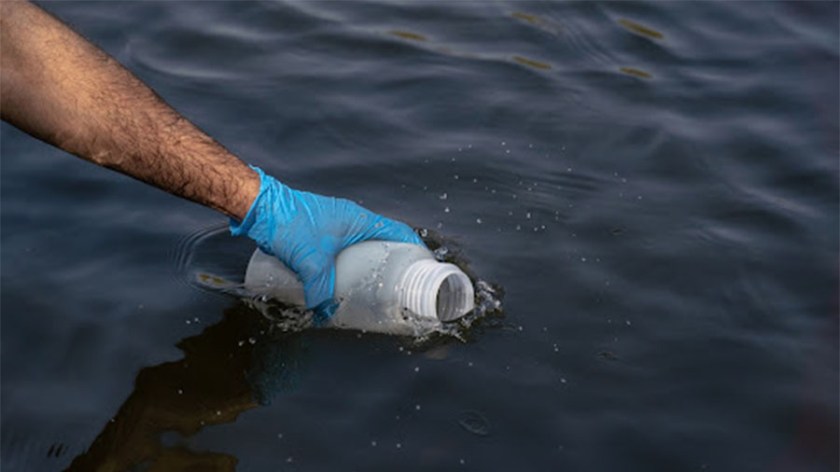Homo sapiens is not only a great (perhaps the best) candidate for the world’s most invasive species award. Humans, due to their actions and technological wonders, are also at the forefront of good vectors for organismal dispersion. Can we break this inglorious streak?
“Because humans will continue to interact with terrestrial and aquatic environments, it is impossible to stop the human-aided dispersal of organisms completely. The best we can do is minimise the risk of human-mediated organism dispersal events by implementing adequate biosecurity methods in our activity” explains Dr Wejnerowski from Adam Mickiewicz University (Poland).

“We should be aware that all our activities can affect biodiversity, and adequate biosecurity treatments should be applied whenever the risk of inadvertent spreading of organisms is non-zero” adds Dr Marcin Krzysztof Dziuba from the University of Michigan (United States of America).
Recently, a team of researchers from Adam Mickiewicz University, Istanbul University (Turkey), Åbo Akademi University (Finland), and the University of Michigan empirically proved that plankton net – a basic hydrobiological instrument of almost every aquatic scientist and water manager – is a good vector for the dispersal of various phyto- and zooplankton taxa, including species of high invasive potential. Nuisance, bloom-forming, also toxic filamentous cyanobacteria are efficient hitch-hikers, and they are able to successfully compete with native residents in the new environment.

Apart from identifying hitch-hiking plankton on the net and its fate in the new environment, the paper they published in the journal NeoBiota also describes the most commonly used biosecurity treatments that naturalists worldwide use to prevent plankton spread between water bodies via the net.
Their findings sound disturbing: naturalists use inadequate or questionable biosecurity treatments. As revealed by the survey data, only 9% of plankton samplers clean plankton nets using disinfectant liquids after sampling, while a majority of people either rinse the net with distilled or tap water, immerse the net with an open outflow in the water body and let it dry, or do not care about the cleanness of the net after sampling at all.

“Indeed, the reality presented in the paper is unsettling. It worries me when I think of how often I have accidentally facilitated dispersion of nuisance plankton and how much I contributed to the invasion of plankton taxa into new water bodies when using inappropriate biosecurity treatments in my fieldwork,” admits Dr Wejnerowski, and adds: “We do not mean to reinvent the wheel; the problem of aquatic organism dispersal through hydrobiological instruments is already known. For years, it was neglected despite some recalls from the scientific community. It comes back like a bad penny because it needs a complex solution from the society of aquatic naturalists. It should happen. After all, naturalists are a human line of defence, protection and rescue for nature.”
Research article:
Wejnerowski Ł, Aykut TO, Pełechata A, Rybak M, Dulić T, Meriluoto J, Dziuba MK (2022) Plankton hitch-hikers on naturalists’ instruments as silent intruders of aquatic ecosystems: current risks and possible prevention. NeoBiota 73: 193-219. https://doi.org/10.3897/neobiota.73.82636







